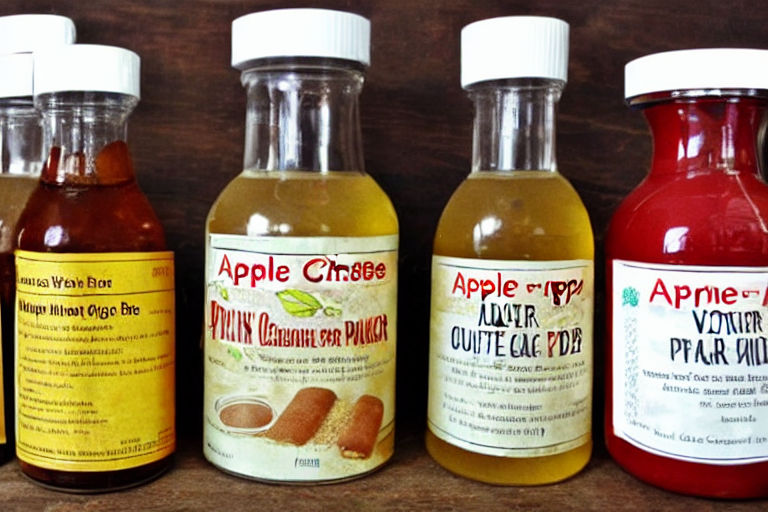The Ultimate Guide to Gluten-Free Baking
Are you tired of not being able to enjoy your favorite baked goods because of gluten sensitivity or intolerance? Well, we have good news for you. With a few simple substitutions and techniques, you can make delicious gluten-free treats right at home. In this ultimate guide, we'll walk you through everything you need to know about gluten-free baking.
What is Gluten?
Gluten is a protein found in wheat, barley, and rye. It's what gives bread its chewy texture and is often used as a binding agent in baked goods.
Why Go Gluten-Free?
For some people, consuming gluten can cause digestive issues, headaches, and fatigue. Others have a more severe reaction known as celiac disease. By going gluten-free, you can alleviate symptoms and improve your overall health.
Gluten-Free Flours
Traditional wheat flour cannot be used in gluten-free baking. Luckily, there are plenty of excellent alternatives available. Some popular gluten-free flours include:
- Almond Flour
- Coconut Flour
- Rice Flour
- Oat Flour
- Chickpea Flour
Each flour has its own unique flavor and texture, so it's essential to experiment with different options to find the right fit for your recipe.
Gluten-Free Binders and Leaveners
One of the biggest challenges in gluten-free baking is finding a binder and leavener that can replace the gluten found in wheat flour. Here are some options to try:
- Xanthan Gum
- Guar Gum
- Chia Seeds
- Flax Seeds
- Apple Cider Vinegar
- Baking Powder
Each of these ingredients can help provide structure and rise to your baked goods.
Tips for Gluten-Free Baking
Here are some essential tips to keep in mind when baking gluten-free:
- Use Room-Temperature Ingredients: Cold ingredients can prevent proper mixing and can affect the final texture of your baked goods.
- Mix in Stages: Mix dry ingredients together, then mix wet ingredients together, then combine them. This can help ensure proper mixing and distribution of ingredients.
- Don't Overmix: Overmixing can cause baked goods to become dense and rubbery. Mix just until ingredients are combined.
- Add Moisture: Gluten-free flours often result in drier baked goods. Adding extra moisture, such as applesauce or yogurt, can help keep your treats moist.
- Allow for Cooling Time: Gluten-free baked goods can be fragile and prone to crumbling. Allow them to cool fully before slicing or serving.
Gluten-Free Recipes to Try
Ready to get baking? Here are a few gluten-free recipes to try:
- Gluten-Free Chocolate Cake
- Almond Flour Chocolate Chip Cookies
- Gluten-Free Banana Bread
- Chickpea Flour Pizza Crust
- Gluten-Free Blueberry Muffins
Conclusion
Gluten-free baking may seem intimidating, but with a little practice and the right ingredients, anyone can make delicious baked goods. Experiment with different flours and binders, follow our tips, and try out some recipes. Happy baking!



